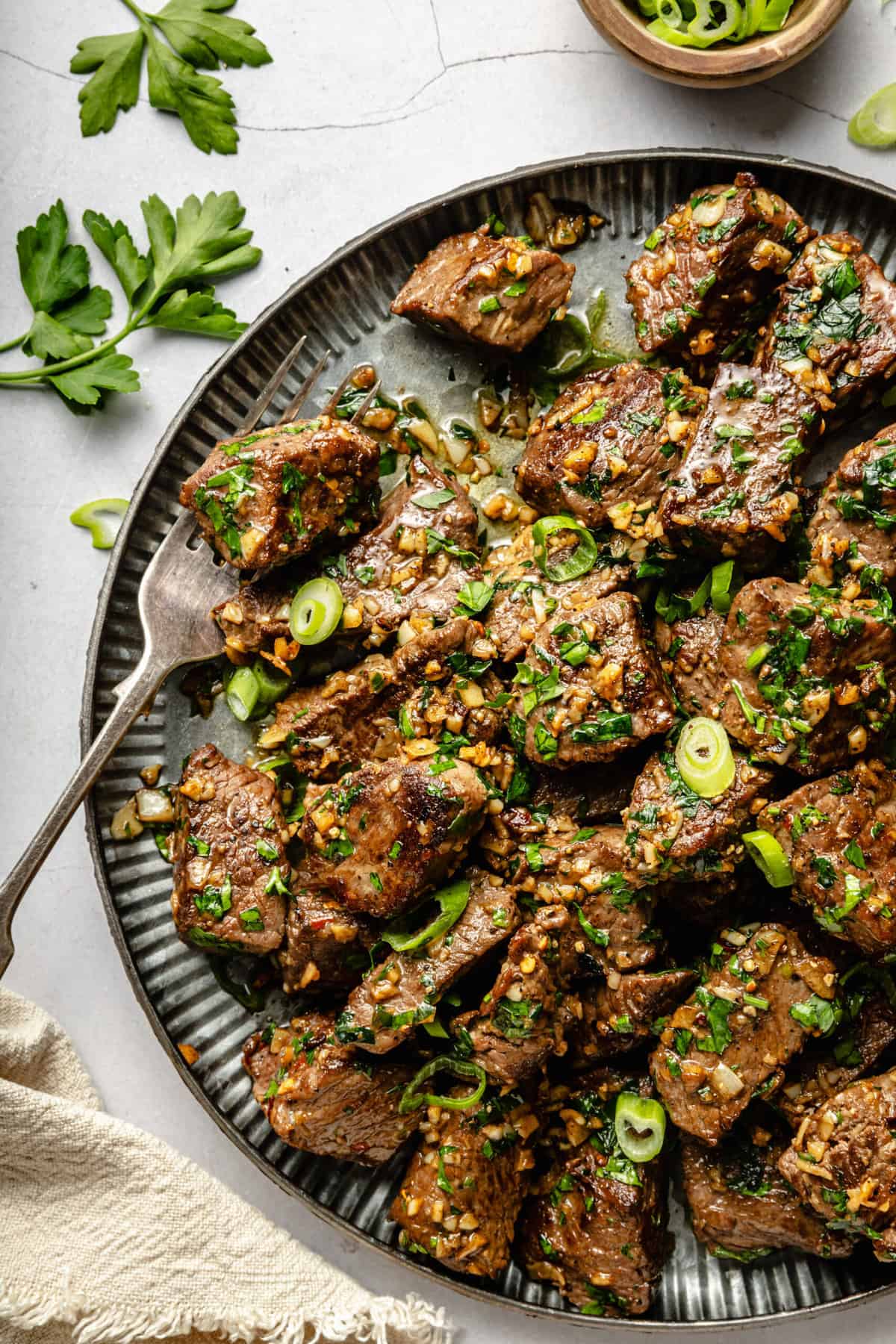Sourcing Sustainable and Ethically Raised Meat for Your Home
Sourcing Sustainable and Ethically Raised Meat for Your Home
Blog Article
From Ranch to Table: Fresh and Premium Meat Choices
The trip of meat from ranch to table encapsulates an intricate interaction of top quality, ethics, and sustainability. With an enhancing emphasis on fresh and superior choices, customers are currently a lot more inclined to take into consideration the beginnings of their food, leading to a renewed focus on sustainable farming methods and animal welfare criteria. This shift not just enhances the nutritional account of meat however also supports neighborhood economic climates. The ramifications of these options expand much past individual health and regional farming. What does this mean for the future of food systems and consumer practices?
Comprehending Meat Sourcing
As consumers become increasingly knowledgeable about the beginnings of their food, comprehending meat sourcing has actually gained paramount significance. Meat sourcing involves mapping the journey of meat from ranch to table, encompassing numerous variables such as farming methods, animal well-being, and environmental effect. This awareness empowers consumers to make enlightened options that align with their values, particularly concerning sustainability and ethical considerations.
The sourcing of meat can differ considerably based on several standards, including the sort of animals, farming methods, and geographical place. Grass-fed beef often comes from pasture-based systems that promote animal well-being and lower environmental degradation. Conversely, standard meat might involve intensive farming methods that increase problems relating to antibiotic usage and habitat damage.
Recognizing the details ranch or region where the meat originates helps customers make sure high quality and security. Eventually, understanding meat sourcing not just improves consumer choice yet likewise fosters liable intake and supports ethical farming techniques.
Benefits of Fresh Meat
Selecting fresh meat uses various benefits that extend beyond flavor and texture. Fresh meat typically preserves greater nutritional worth compared to its icy or processed equivalents. It is commonly richer in vital vitamins and minerals, such as B vitamins, iron, and zinc, which are critical for preserving overall wellness.
Furthermore, the sourcing of fresh meat usually includes shorter supply chains, minimizing the time between farm and table. This means that the meat is less most likely to lose its dietary integrity throughout transport and storage. In addition, consumers can experience improved taste and juiciness, which can raise cooking experiences.
Fresh meat also supplies an opportunity for consumers to sustain local farmers and promote lasting agricultural methods. When acquiring from local resources, people can add to their regional economic situation and foster a higher link to the food they consume.
Finally, fresh meat is typically devoid of the chemicals and additives frequently discovered in processed alternatives. This makes it a cleaner, healthier option for those looking to minimize their intake of synthetic components. In general, the benefits of choosing fresh meat incorporate wellness, preference, and a sense of area engagement.
Animal Well-being Requirements
Making certain high pet welfare standards is essential for both moral factors to consider and the quality of meat products. The therapy of livestock directly affects not only the ethical effects of meat production but additionally the general quality and safety and security of completion products. Pets increased in humane problems are less worried, causing healthier pets and, as a result, superior meat top quality.
Regulations and qualifications concerning pet welfare have actually come to be progressively substantial in the meat market. These frameworks make certain animals are given with sufficient room, appropriate nutrition, and humane handling throughout their lives. Practices such as pasture-raised systems and free-range atmospheres contribute to much better pet welfare by permitting animals to show natural actions, which is vital for their health.
Furthermore, customers are becoming extra discerning relating to the resources of their meat, resulting in an expanding need for products that stick to rigorous animal well-being criteria. This shift not just advertises ethical farming methods yet also urges manufacturers to embrace procedures that boost the health and well-being of their pets. Meat. Inevitably, prioritizing pet well-being is not just a moral imperative; it is likewise a path to generating premium-quality meat that meets customer assumptions

Sustainable Farming Practices
Lasting farming methods play an essential duty in enhancing both animal welfare and the top quality of meat products. By carrying out rotational grazing, farmers can advertise healthy pasture environments, permitting pets to feed on nutrient-rich grasses while stopping overgrazing.
In addition, lasting farming frequently integrates incorporated parasite monitoring and organic feed options, reducing the usage of unsafe chemicals. This approach not only safeguards animal well-being but likewise leads to cleaner, much safer meat products for consumers. Water conservation methods, such as rainwater harvesting and effective irrigation systems, additionally add to lasting methods, making sure that sources are utilized carefully.
Additionally, promoting biodiversity with polyculture systems and protecting habitats for wildlife enhances the resilience of farming ecosystems. my link By focusing on these lasting approaches, farmers can create top notch meat that satisfies consumer demand while advertising eco-friendly equilibrium. Eventually, accepting sustainable farming techniques is crucial for developing a much more accountable and resilient food system that profits pets, farmers, and consumers alike.
Choosing Top Quality Over Amount
Often, consumers are confronted with the issue of selecting in between amount and high quality when it comes to meat items. While acquiring larger quantities might seem economically useful, the long-lasting benefits about his of picking top quality meat far outweigh the prompt cost savings. Quality meat is often sourced from pets increased in sustainable settings, where they are given proper nourishment and care, bring about remarkable flavor and dietary value.
High-grade meats are usually free from unsafe additives, hormonal agents, and prescription antibiotics that are frequently existing in mass-produced options (Meat). This not just ensures a healthier eating experience but additionally supports moral farming practices that focus on pet welfare. In addition, premium look here meats have a tendency to have a far better texture and taste, boosting the overall cooking experience
Purchasing high quality meat urges consumers to appreciate smaller sized parts, permitting a more mindful strategy to eating. This shift not just influences personal health and wellness favorably but likewise advertises sustainable consumption patterns that can profit the setting. In conclusion, prioritizing high quality over amount when picking meat products fosters a much more accountable and health-conscious way of living, ultimately enriching both the eating experience and the earth.
Conclusion

Report this page